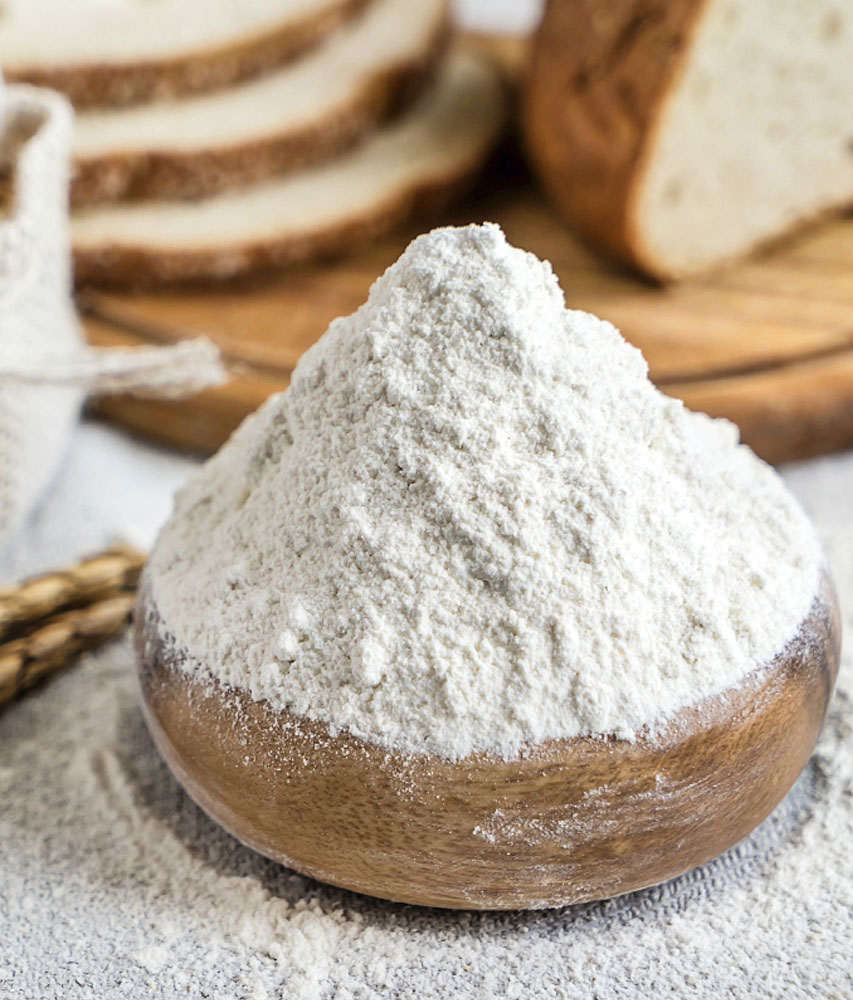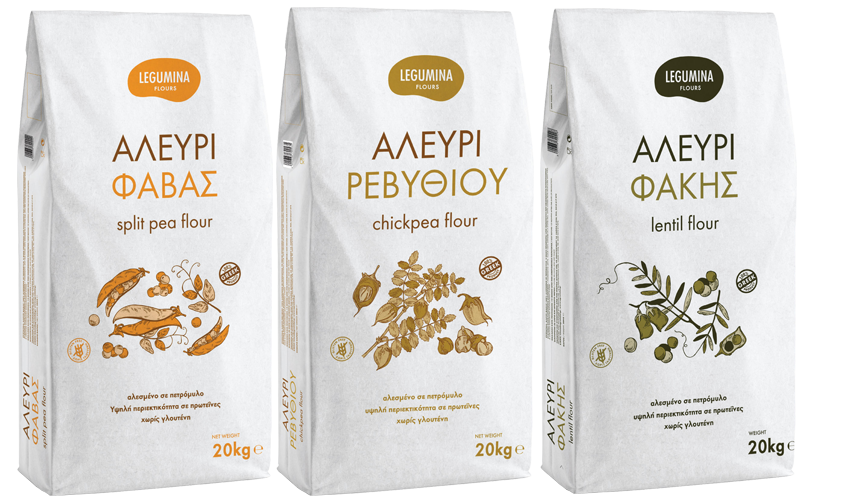The Mediterranean Diet is known all over the world for its benefits on the health but also its culinary and cultural profile.
Gastronomically, it is characterized by low meat consumption, medium alcohol (mainly wine) consumption and high consumption of vegetables, legumes, fruit, nuts, fish and olive oil.
There is strong evidence that this diet is linked to a low risk of cardiovascular conditions and that it protects from various risk factors, such as hyperlipidemia, hypertension, metabolic syndrome and diabetes.
Legumes are considered an integral part of the Mediterranean Diet. A research with about 7.5 thousand subjects on the protective effect of the Mediterranean Diet on cardiovascular conditions used legumes as one of the components of the studied diet. The recommended quantity was at least three portions of legumes (dry and fresh) per week. The other recommended components also included olive oil, fresh fruit, white meat (instead of red), at least 7 glasses of wine per week and other standard components of the Mediterranean Diet.
So, although there is a plethora of evidence that legumes are an exceptionally healthy food, it is not easy or desirable, for many reasons, for the average consumer to increase their consumption.
One of the main reasons that it is not easy or desirable for the average consumer to increase the consumption of legumes is that the traditional cooking methods do not offer a big variety, which is something imperative for the modern food service.
Another reason is the mild discomfort caused by legumes in some people as well as the idea that they are the “food of the poor” which is sometimes considered a disadvantage in mass food service.
In order to increase the consumption, alternative dishes with legumes are offered, either based on the traditional cuisines of other countries or on innovative products.
In the period 2006-2016, more than 1400 new and innovative products with legumes as their main ingredient were marketed in the USA. Crackers and pasta made of legume flour, legume snacks and chips etc are some of them.


This is how the LEGUMINA line was created
Three types of flours from Greek legumes (chickpeas, lentils, fava), ground on a stone mill with a special nutritious profile, constituting an alternative for many applications, rich in proteins, vegetable fibers, gluten-free.
Legumina Flours
Lentils Flour
Chickpea Flour
Fava Flour
Legumes flours are produced in Greece and ground in a stone mill

The raw material production is controlled in all stages (full traceability).
They combine high nutritious value (very good quality and high protein quantity), probiotic properties (due to the contained vegetable fibers) and controlled calories intake.
They contain very few fats and simple sugars and do not contain salt.


